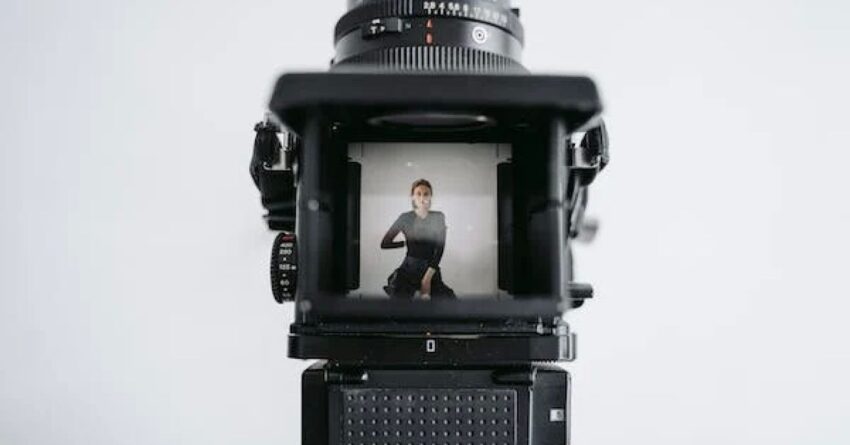.png.jpg?itok=QGwUvjK1)
Source: Tima Miroshnichenko/Pexels
My previous post talked about how difficult it can be to actualize our New Year’s resolutions. From the Deconstructing Anxiety perspective, the reason is that our strategy is faulty—when we use a defense to try to power our way through fear, it backfires every time. The solution? “Do the opposite” of the defense to discover the fear is not real.
Our approach to these things must always be practical. Deconstructing Anxiety offers several “skillful means” for continuing this process of doing the opposite. Let’s talk about one of these now, and cover two more in the following blog posts.
Create concrete and specific goals
Perhaps the most challenging aspect of making good on our New Year’s resolutions (or any goal) is that we fail to make concrete and specific goals—goals we can see ourselves acting on. Fear thrives on the abstract. It projects all kinds of imaginary fantasies of horror that have little or nothing to do with what could actually occur. To remedy this, ask yourself, “How would I take a first step toward realizing this goal?”
The more specific our answer, the more concrete it becomes, and the more we can see ourselves taking action on it. Imagine, for instance, that someone has a New Year’s resolution of “letting go of judgment.” As stated, that’s about as abstract as a goal can be. But notice how much more actionable it is when framed as “I want to let go of judging people who drive poorly,” and even more so when we say, “I want to let go of judging my spouse when they drive poorly.” Learning to let go of judging your spouse’s driving habits will automatically translate to letting go of judgment as a whole if that’s a situation that triggers your judgments the most. It would be easy to let go of judgment in other situations by comparison.
A helpful tip
Here’s a helpful tip to enhance the process further: Imagine you are describing to someone what the fulfillment of your New Year’s resolution would look like if you were watching that fulfillment take place on a movie screen. This forces us to get concrete and specific—to describe what actually would be occurring in real space and time. You can’t be abstract about the who, what, when, where, and why of it when visualizing a specific scenario. Describing your goal of letting go of a judgment by seeing it on a movie screen automatically forces you to pick a particular person doing a particular action that you would judge. And, of course, the person and action you’d choose would be the one you have in mind when you set the New Year’s resolution in the first place!
Take the January challenge
Remember, throughout the month of January, we’re working together on realizing our New Year’s goals with power and resolve. That’s why they’re called “resolutions.” It doesn’t matter if you’re just joining us now; check out the previous post to see how this January challenge works, and you’ll be able to catch up quickly.
